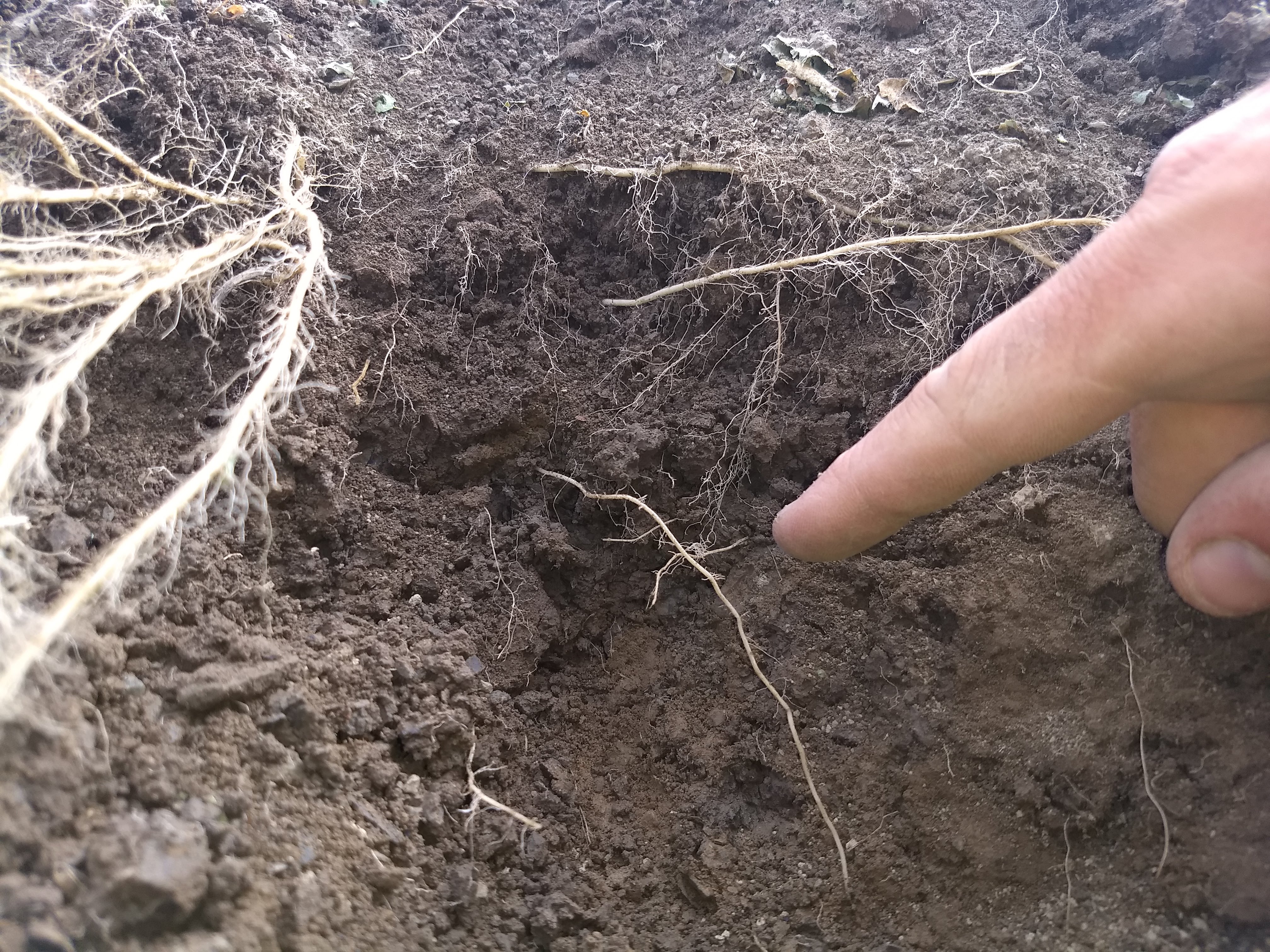What is sustainable agriculture?
Self-regenerating farm systems with healthy, biologically thriving soils that capture more carbon than is emitted by the business while not introducing toxic chemicals into the environment? A business that generates enough profit to cover your living expenses, some recreational spending, and still put aside 20% for long term savings… while at the same time treating your employees with respect and dignity?
Yes!!
And….
There is another dimension to sustainable agriculture that is sometimes overlooked: The capacity to maintain, nurture, and grow our loving relationships with our spouses while farming together!
Of course, this is by no means a challenge that is limited to agriculture, but there are certain conditions that are present when farming with your partner that make it that it can be easy to gradually let your relationship slip by the wayside.
Here are 3 elements that can support you in nurturing a solid relationship with your co-farming husband or wife.
Structure your working relationship to be a strong team
Just because you two are lovers doesn’t mean that the rules of good business partnership don’t apply to you.
- Identify and honor your different skills and superpowers
- Hold a weekly business meeting to plan out the week and discuss what needs discussing;
- Once a month, take the time to look a little further and see what’s coming up in the next 30 days;
- Have clearly delineated roles and areas of ‘control’. This doesn’t mean that you don’t consult each other for major decisions. Rather this simply points to the need to have an area of expertise and autonomy within the business. Ideally, this allows each person to focus their energy on an area where they are uniquely suited (aka, their farmer superpower) and to have at least one area of focus where they feel fulfilled and stimulated (aka one person isn’t stuck doing just office work… unless that’s what they would love, of course);
- For God’s sake!!! Don’t roll up row cover together at the end of a hard day or week!!! I can’t imagine how many divorces row cover is responsible for! Ok, I’m 30% joking, but still, let’s be mindful that there are certain jobs on the farm that can cause tensions to arise. It’s important to be aware of our state of mind and be conscious of when emotions may just be a reflection of needing to take a break or to call it a dayé
Creating time and space that is non-farming
Farming with your partner can be such a rich and rewarding experience that can actually be an amazing expression of your love as you co-create and implement your vision together.
That being said, it is important to have times in your life as a couple that are not entirely centered on the farm
- No talking about the farm after _______ o’clock. Or: No talking about the farm after supper. The specific time doesn’t matter, whatever you decide as a couple is perfect. This is important for you as a couple, but it is also important for you as an individual and as an entrepreneur. The brain needs downtime. This is important both for your mind to rest, and also to unleash the creative power of the subconscious mind to find solutions. It is critical to stop thinking sometimes!
- Taking some time off each week. Yup, ideally this would be a weekend… but it can be a single day, an afternoon… whatever works for you! As long as you are setting aside a certain time each week to shift your attention off of farming and onto your relationship.
- Deliberately working together on a specific farm task in a calm and relaxed manner (for instance, being fully engaged and present while chatting and picking beans together.) This can even look like setting aside some time to work just the two of you without any employees;
- Simple, regular, special attention and demonstrations of affection. It doesn’t have to be a huge deal, what counts is the intention. It’s important to figure out how your partner best perceives love… aka their love language. In “The Five Love Languages”, Gary Chapman lays out 5 love languages: words of affirmation, quality time, physical touch, receiving gifts, and acts of service. The thing is that we don’t always have the same primary love language as our partners, and it’s key to figure out each of our love languages and strive to communicate love in a way that our partner is attuned to.
Take care of yourself!
Above all, love and nurture yourself!! The only way to fully show up as a loving partner is when you are well-grounded in yourself.
Taking time for yourself, know your needs, and do what you need to do to be well. Sometimes being a loving partner means having a warm bath while reading a book (aka taking care of yourself.)
————————
There you go… my 2 cents worth. But… what really counts is your authentic answer to this question of how to nurture your relationship in the midst of the busy farm life.
What are 2 actions you are willing to take this week to take your communication to the next level? When is your next business meeting with your partner scheduled for?
Have you told your spouse you love them lately? What is each of your primary love language? Here’s an online quiz to find out.
Is there some aspect of the farm that needs to be changed or eliminated to create greater harmony?
What would be a small sweet step towards creating greater non-farming quality time with your loved one?

